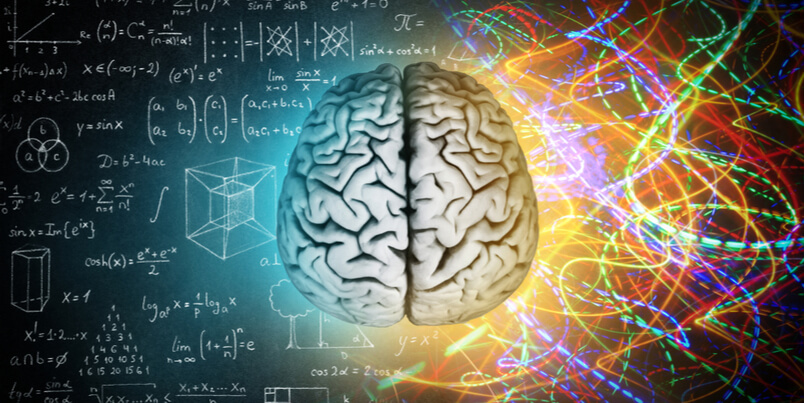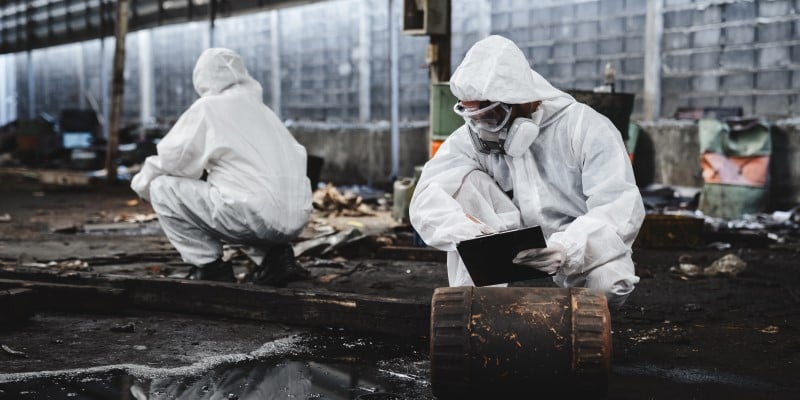 Hands-on training for chemical, biological, radiological, nuclear and explosive (CBRNe) incidents has a hugely beneficial role to play in the development, application and practice of emergency response preparedness.
Hands-on training for chemical, biological, radiological, nuclear and explosive (CBRNe) incidents has a hugely beneficial role to play in the development, application and practice of emergency response preparedness.
Participation in practically-based learning scenarios is especially advantageous due to the way in which it engages both sides of the brain - stimulating not only the processes of listening and analysing in the brain's left hemisphere, but also the visual and spatial processes in the brain's right hemisphere.
A number of contemporary theories of learning, that combine to form the theory of "constructivism," have shown that students are able to take in knowledge more effectively when they are actively engaged in the task rather than when information is conveyed to them via the more traditional process of transmission.
A 2015 study led by the University of Chicago's Department of Psychology, also observed that when students were provided with the opportunity to physically experience complex scientific concepts, they were able to grasp those new ideas more easily, they achieved higher results under test conditions and they retained knowledge for longer.
The study's director, Professor Sian Beilock commented: "In many situations, when we allow our bodies to become part of the learning process, we understand better.
"Reading about a concept in a textbook, or even seeing a demonstration in class, is not the same as physically experiencing what you are learning about."
Hands-on training for radiation safety preparedness
The provision of hands-on CBRNe exercises in realistic environments, offers the opportunity for emergency response personnel to put a diverse range of critical skills to the test - be it their understanding of personal dosimetry, radiation detection, scene surveying, monitoring operations, decontamination, mass casualty triage or the selection, donning and doffing of personal protective equipment (PPE).
When training for radiation however, there have always been inherent challenges in delivering a learning experience that is both realistic and safe.
The use of stringently controlled quantities of radiological and nuclear materials in training exercises presents an array of safety, budgetary, regulatory and licensing considerations - rendering the use of even the smallest amounts of live sources prohibitive.
In addition there is also the risk of wear and tear or decommissioning of vital detector equipment.
Radiation safety training that incorporates the use of intelligent, microcomputer-based simulation tools, has been shown to provide a compelling alternative to live agent training and is widely acknowledged for the advantages it can offer in helping trainees to prepare for real-life radiological incidents.
Simulator training systems make it possible for realistic scenarios to be safely conducted in any location and in a manner that replicates actual operational conditions.
When using simulated versions of actual detector equipment however, there is the prospect that students may not fully comprehend the significance of their detector readings, the relationship between time, distance and shielding or the implications of subtle changes in units of measurement.
There is however another radiation detection training method that has managed to successfully merge the best attributes of 'virtual' and 'actual' in one system.
A new approach to radiation training
The Radiation Field Training Simulator (RaFTS) is a new hyper-realistic simulation training solution that makes it possible for radiation instructors to stage complex virtual scenarios in realistic locations and, perhaps most significantly, to incorporate the use of actual operating equipment into their radiation scenarios.
What sets RaFTS technology aside from other forms of simulator training systems is that its hardware is externally mounted to an actual radiological detection system, enabling trainees to directly experience all the physics and behaviour of real-world usage whilst handling their actual devices.
The data that is obtained is of sufficient quality for trainees to be able to identify a specific radioactive source, to measure its intensity and to determine its location.
The RaFTS project has been made possible through the collaborative efforts of the Lawrence Livermore National Laboratory (LLNL) and Argon Electronics UK Ltd.
Hands-on, scenario-driven radiation safety training provides an environment in which trainees can practice their tactics, techniques and procedures in life-like settings and make use of the full range of their equipment.
If you would like to learn more about the ways in which simulator training systems can help you achieve your CBRNe training objectives then please register for one of our upcoming live webinars.







